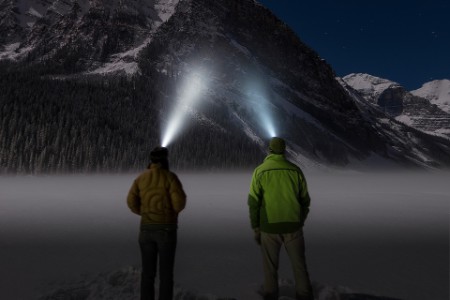NVDs are frequently used by the armed forces and land law enforcement agencies. They are also available for civilian usage. The number of military equipment and vehicles with vision systems has increased significantly over the past few years. Many countries are focusing on retrofitting the existing equipment and vehicles with advanced EO/IR systems due to their limited defense budget for the procurement of new platforms.
The Technology Perspective and Capability Roadmap (TPCR) 2018 of India highlights special optical payloads for the army, long-range electro-optical sensors for the navy, and helmet-mounted night vision devices for the air force. Defence Research and Development Organization (DRDO), DPSUs such as Ordnance Factory Dehradun and Bharat Electronics (BEL) are some of the public sector entities involved in the development of NVDs in India. The private industry in India is also involved in the design and development of NVDs. Recently, in December 2021, the Defence Procurement Board (DPB) cleared the purchase of 29, 760 image intensifiers worth INR 1,410 crore to go with the Sig Sauers.
With rapid developments in the segment, the competition in this market is high. New entrants are also venturing into this segment owing to its profitability with latest technologies. Transfer of technology between players is enabling mutual growth. Simultaneously, various design challenges, technological constraints, supply chain risks, the evolving global crisis, and unprecedented factors, like the advent of the COVID-19 pandemic, could affect the market negatively in the near future.


